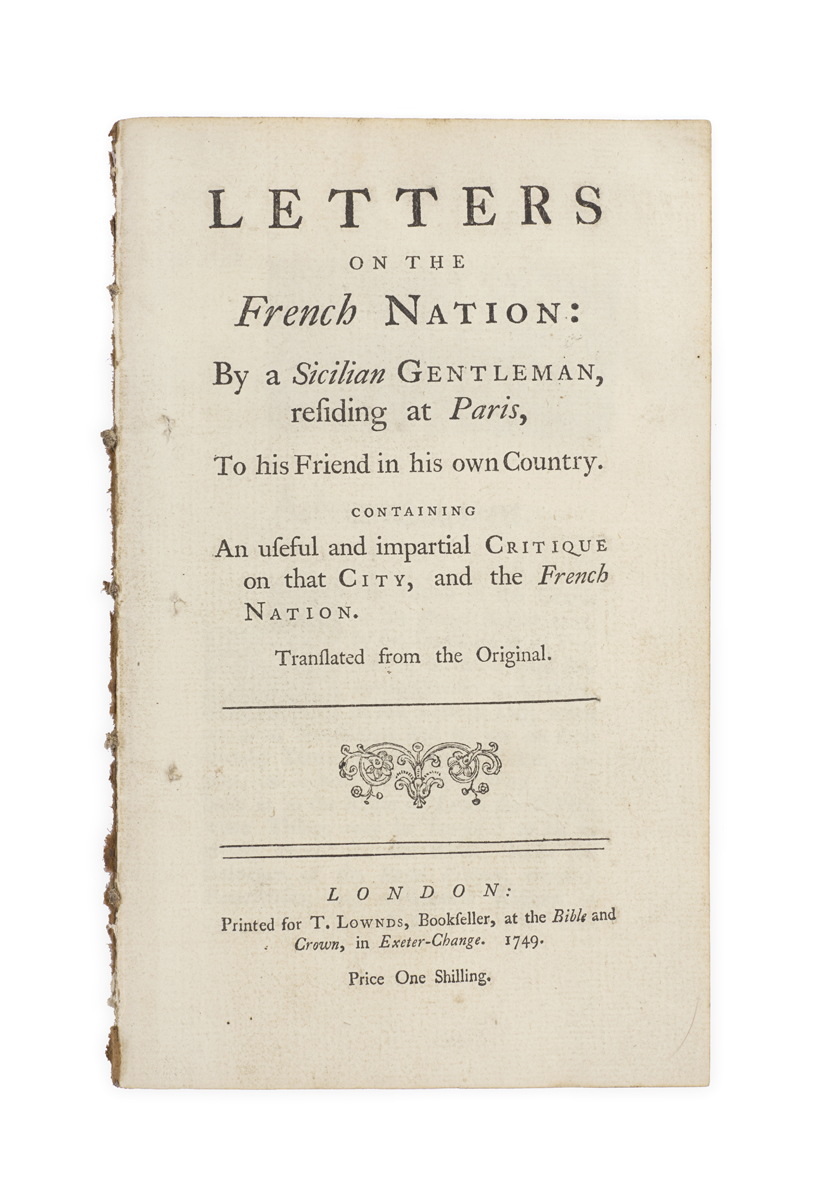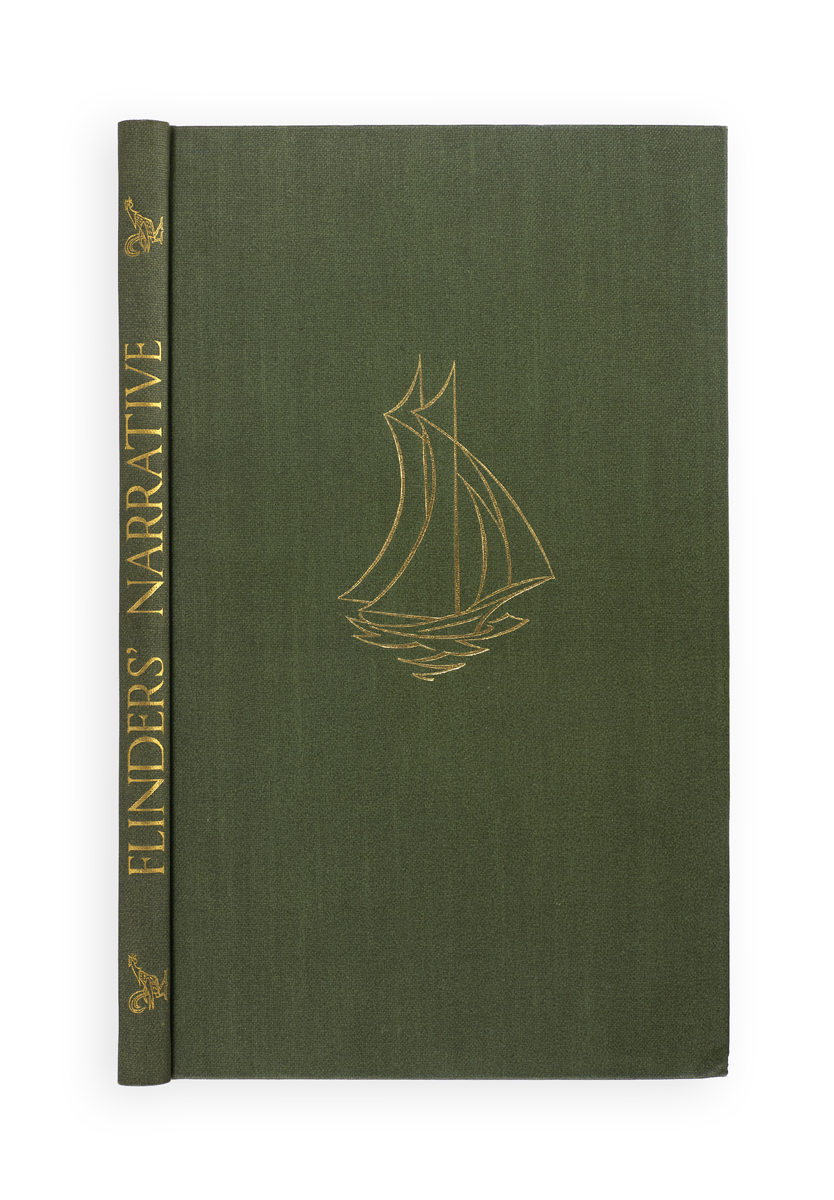



SECOND OF THE ‘WHITE RAJAS OF SARAWAK’
BROOKE, Charles, Sir.
Ten Years in Saráwak … With an introduction by H.H. the Rajah Sir James Brooke …
London, Tinsley Brothers, 1866.
Two vols, 8vo, I: pp. xv, [1], 373, [3], with folding map and 3 plates, II: pp. viii, [2], 344, with 4 plates; 3 plans within the text; closed marginal tear to vol. I pp. 333-334, occasional light marks; very good in original green pictorial cloth, gilt vignette of a Dayak warrior to upper covers, spines lettered in gilt, green endpapers; crease and small tear to spine of vol. I, some wear to spine ends and corners, some splitting to hinges; modern owner’s inscription to front free endpaper of vol.'I.

Added to your basket:
Ten Years in Saráwak … With an introduction by H.H. the Rajah Sir James Brooke …
First edition, uncommon in the original pictorial cloth, of this account of Sarawak in Borneo by Sir Charles Brooke (1829–1917), second of the ‘white rajas of Sarawak’, with an introduction by his famous uncle Sir James, the first raja.
Brooke arrived in Sarawak in 1852 and played a major part in suppressing opposition to his uncle’s rule. He mounted several expeditions against the Dayak chief Rentap, eventually driving him from his fortress on Mount Sadok into Dutch Borneo, and subdued a rebellion at Kuching by Chinese goldminers in 1857. ‘With his fluent command of their language and customs and his outstanding courage and generalship, Brooke won the admiration and loyalty of the Dayaks. His last military action under the raja in 1860 was to attack the Malay town of Muka as part of a strategy to wrest the economically valuable sago-producing areas of the north-eastern coast from Brunei control. In January 1863, after the raja’s quarrel with and disinheritance of Brooke’s elder brother and the raja’s final departure from Sarawak, Brooke was in effective control of the state. In 1866 he published his autobiographical Ten Years in Sarawak. The following year the raja’s will named him as his successor, and on 3 August 1868 he was proclaimed raja after his uncle’s death … Brooke’s achievement in Sarawak – with its isolation, limited natural resources, and adverse geography – stands comparison most favourably with those in contemporary native-ruled states and British colonies. He was succeeded by his eldest surviving son, (Charles) Vyner de Windt Brooke, the third and last raja. The Brooke dynasty, the ‘white rajas of Sarawak’, ended in 1946 when Sarawak became a crown colony’ (ODNB).

